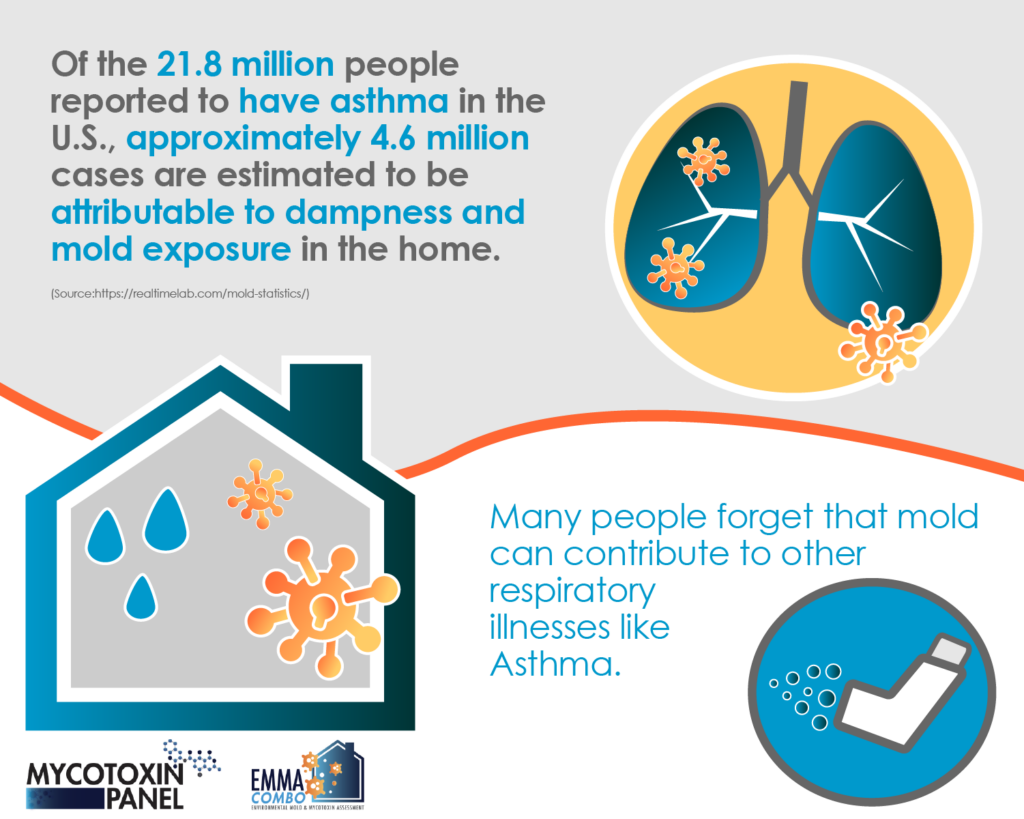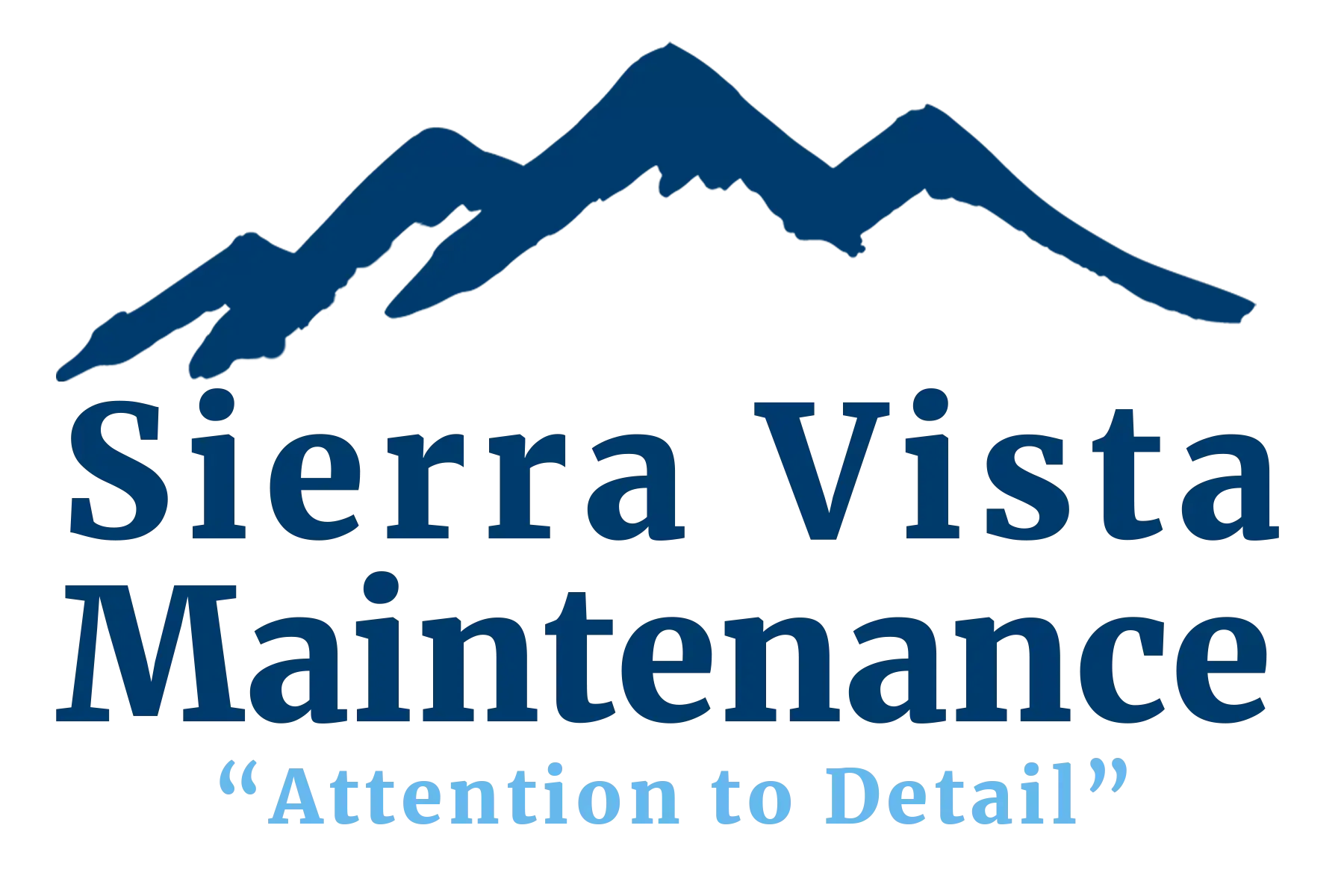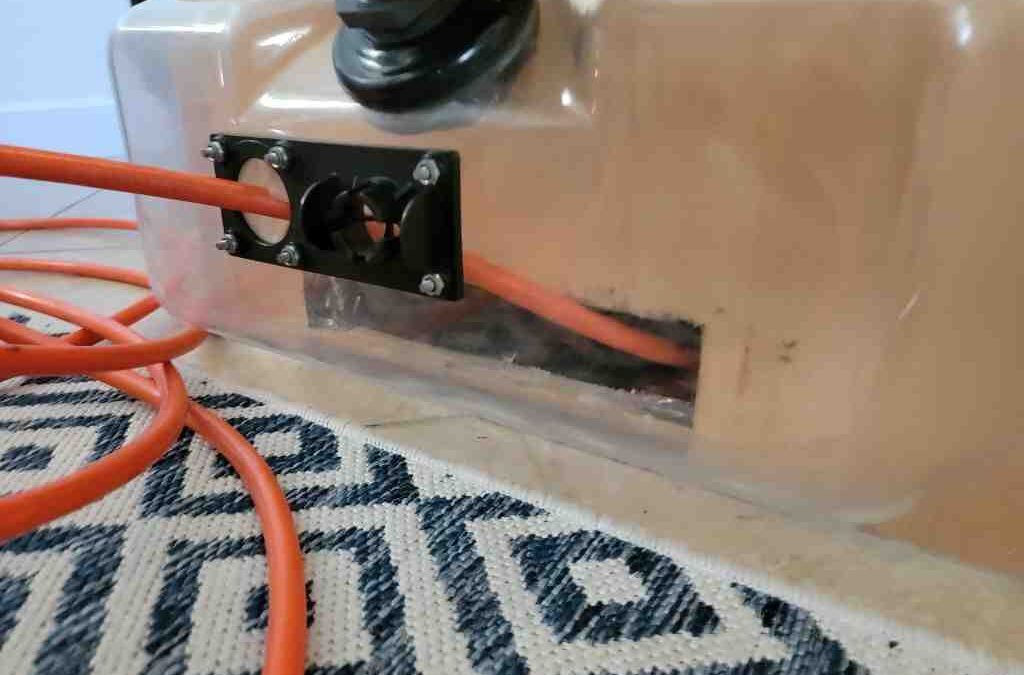Introduction
Cleaning HVAC air ducts is essential for maintaining good indoor air quality and ensuring your HVAC system works efficiently. Here’s why it’s important:
- Improves indoor air quality by removing dust, pet dander, and allergens.
- Enhances HVAC efficiency by allowing better airflow, reducing energy consumption.
- Reduces dust accumulation throughout your home, leading to shorter cleaning times.
Every year, the average family generates nearly forty pounds of dust. Without regular cleaning, this dust lingers in your air ducts and flows through your home, causing potential health issues, especially for those with allergies.
Hello, I’m Kelly Salas, a cleaning and property services expert with years of experience in cleaning HVAC air ducts. My goal is to help you understand why clean air ducts are crucial for your home’s health and how you can maintain them effectively.

Next, let’s dive into what HVAC air ducts actually do and why keeping them clean is essential for your home.
What Do HVAC Air Ducts Do?
HVAC air ducts play a vital role in your home’s heating, ventilation, and air conditioning system. They are like the veins of your home, transporting air to keep your living spaces comfortable. Understanding their function can help you see why cleaning HVAC air ducts is so important.
Airflow and the HVAC System
Your HVAC system works by conditioning air—either heating or cooling it—and then distributing that air throughout your home. The air ducts are the pathways that carry this conditioned air to different rooms. Proper airflow is crucial for maintaining indoor air quality and ensuring your HVAC system operates efficiently.
Return and Supply Ducts
There are two main types of air ducts: return ducts and supply ducts.
Return Ducts
Return ducts pull air from your rooms back into the HVAC system. This air is then filtered, conditioned, and recirculated. Think of return ducts as the system’s way of collecting air that needs to be heated or cooled again.
Supply Ducts
Supply ducts work the opposite way. They carry the conditioned air from the HVAC system back into your rooms. This is the air you feel coming out of your vents, making your home comfortable.
Why Keeping Ducts Clean is Crucial
Dirty ducts can block airflow, making your HVAC system work harder and less efficiently. According to the U.S. Department of Energy, up to 40% of the energy used for heating or cooling a home is wasted due to dirty ducts. This not only increases your energy bills but also reduces the lifespan of your HVAC system.
Moreover, dirty ducts can circulate dust, pet dander, and even mold throughout your home. This can lead to health issues, especially for those with allergies or asthma. In fact, a typical six-room home can produce up to 40 pounds of dust each year!
Identifying Supply and Return Ducts
An easy way to identify whether a duct is a supply or return type is by using a tissue test. Place a tissue on the vent:
- If the tissue sticks, it’s a return duct.
- If the tissue blows off or doesn’t stick, it’s a supply duct.
Understanding these basics can help you take the first steps in maintaining your HVAC system effectively.
Next, let’s discuss when you should consider cleaning your HVAC air ducts to keep your system running smoothly and your indoor air quality high.
When Should You Clean Your HVAC Air Ducts?
Knowing when to clean your HVAC air ducts can save you money and improve your home’s air quality. Here are some key times when you should consider cleaning HVAC air ducts:
1. Mold
Mold in your air ducts is a serious issue. If you see mold growing on or inside your grilles, it’s crucial to get your ducts cleaned immediately. Mold spores can spread through the air and cause health problems like respiratory issues and allergies. If you suspect mold, have it tested to verify and call in a professional to handle the removal.

2. Dust Buildup
One of the most obvious signs that your ducts need cleaning is extreme dust buildup around your vent registers. If you notice dust and debris accumulating faster than usual, it might be time to call in the pros. Dust in your ducts can circulate through your home, lowering air quality and causing allergies.
3. Pest Infestation
Finding rodents or insects in your home is bad enough, but if they’ve made their way into your ducts, it’s time for a thorough cleaning. Pests can leave behind nests and droppings, contaminating your air and spreading allergens.
4. Renovations
If you’ve recently done home remodeling or renovations that create a lot of dust, it’s a good idea to get your ducts cleaned. Construction dust and debris can settle in your ducts and circulate throughout your home, affecting air quality and HVAC efficiency.
5. High Energy Costs
Are your energy bills higher than usual without a clear reason? Dirty air ducts can reduce HVAC efficiency, causing your system to work harder and use more energy. Cleaning your ducts can improve airflow and make your system run more efficiently, potentially lowering your energy costs.
How to Clean HVAC Air Ducts Yourself
Cleaning your HVAC air ducts yourself can be a cost-effective way to improve your home’s air quality and HVAC efficiency. Here’s a simple, step-by-step guide to help you through the process.
Equipment Needed
Before you start, gather the following equipment:
- High-powered vacuum: A standard household vacuum isn’t powerful enough.
- Heavy-duty gloves, gas mask, or goggles: Safety first!
- New furnace filter: To replace the old, dirty one.
- Stiff brush: For scraping debris.
- Microfiber cleaning cloth: For wiping down the ducts.
- Power drill or screwdriver: To remove vent covers.
- Paper towels: For covering supply vents.
Safety Precautions
- Wear protective gear: Use gloves, a mask, and goggles to protect yourself from dust and debris.
- Turn off the HVAC system: Set your thermostat to the “fan on” position but ensure the heat and cool modes are off.
- Be cautious of mold: If you suspect mold, call a professional. Mold can be hazardous to your health.
Professional HVAC Air Duct Cleaning
Why Hire a Professional?
Benefits of Professional Cleaning
Hiring a professional for cleaning HVAC air ducts offers several advantages. Professionals can significantly improve indoor air quality by removing dust, allergens, and contaminants that DIY methods might miss. According to the Environmental Protection Agency (EPA), clean air ducts can enhance HVAC efficiency, helping your system run smoother and potentially lowering energy bills.
The Process
Professional HVAC air duct cleaning is a thorough process. It starts with an inspection to assess the condition of your ducts. Then, using powerful HEPA-filtered vacuums and specialized tools, professionals clean your furnace evaporator coil, blower, and vent covers. They connect the vacuum to your ductwork to pull dirt from deep inside the system. Compressed air is then used to flush out all traces of dirt and dust.
Specialized Equipment
Professionals use specialized equipment that is not typically available to homeowners. This includes high-powered vacuums and duct whips that can dislodge debris from hard-to-reach corners and bends in the duct system. For example, Stanley Steemer uses a combination of HEPA-filtered vacuums and compressed air to ensure a thorough clean.
Cost Considerations
While professional air duct cleaning can be an investment, it is often cost-effective in the long run. The price can range from $450 to $1,000, depending on factors like home size and contamination level. However, clean ducts can extend the life of your HVAC system, reducing the need for frequent repairs and lowering energy bills.
Expertise and Efficiency
Professionals bring expertise and efficiency to the table. They follow guidelines set by the National Air Duct Cleaners Association (NADCA), ensuring a high standard of cleanliness. Their experience helps them avoid common pitfalls that DIYers might encounter, such as damaging the ductwork or failing to remove all contaminants.
NADCA Guidelines
Following NADCA guidelines ensures that the cleaning process is both thorough and safe. These guidelines recommend using negative-air machines that create a powerful vacuum throughout the duct system, coupled with duct whips to dislodge debris.
In summary, while DIY methods can help maintain your ducts, professional HVAC air duct cleaning offers a deeper clean, improved air quality, and enhanced system efficiency. Next, we’ll discuss the potential drawbacks of HVAC air duct cleaning and whether it’s always necessary.
Drawbacks of HVAC Air Duct Cleaning
While cleaning HVAC air ducts can offer benefits, there are also some drawbacks to consider. Let’s dive into the potential downsides, including possible damage, unnecessary cleaning, and cost concerns.
Potential Damage
Improper Cleaning Techniques
Using the wrong tools or methods can harm your HVAC system. For example, aggressive brushing or using harsh chemicals can damage ductwork. This can lead to air leaks or even system failure, resulting in costly repairs.
Redistribution of Pollutants
If not done correctly, cleaning can redistribute dust and debris rather than remove them. This could worsen indoor air quality instead of improving it.
Unnecessary Cleaning
No Proven Health Benefits for Frequent Air Duct Cleanings
As long as your air ducts are clear, the EPA states that there is no conclusive evidence showing that dirty air ducts increase dust levels or pose health risks. While some people report improved air quality and reduced allergy symptoms, others see no significant change. It’s unnecessary to clean them multiple times per year under normal circumstances.
Low Dust Accumulation
NADCA recommends cleaning your air ducts every three to five years. If your ducts are relatively clean, frequent cleaning may be unnecessary. Regular maintenance and high-efficiency filters can keep your ducts in good shape without frequent cleaning.
Cost Concerns
High Cost
Professional air duct cleaning can be expensive, often ranging from $450 to $1,000. The cost depends on factors like home size and level of contamination. While DIY methods can save money, but they’re typically ineffective without heavy-duty, professional equipment.
Hidden Costs
Improper cleaning can lead to hidden costs. Damaged ductwork or redistributed pollutants can necessitate additional repairs and services, adding to the overall expense.
In summary, while there are benefits to cleaning your HVAC air ducts, weigh these against the potential drawbacks. Next, we’ll discuss how to prevent dust accumulation in your HVAC air ducts to minimize the need for frequent cleanings.
Preventing Dust Accumulation in HVAC Air Ducts
Keeping your HVAC air ducts clean is easier than you might think. By following a few simple steps, you can prevent dust from building up and reduce the need for frequent cleanings.
Routine Maintenance
Regular maintenance is key to a healthy HVAC system. Schedule annual check-ups with a professional to catch issues before they become major problems. This will help keep your system running efficiently and extend its lifespan.
High-Efficiency Filters
Using high-efficiency filters can make a big difference. Filters trap dust, pollen, and other particles, preventing them from entering your ductwork. Experts recommend changing your filters every 1-3 months depending on usage. For better air quality, consider using HEPA filters, especially if you have pets or allergies.
Vacuuming
Vacuuming your home regularly helps keep dust from entering your HVAC system. Use a high-efficiency (HEPA) vacuum cleaner or the highest efficiency filter bags your vacuum can take. Don’t forget to vacuum floor registers every six months to avoid dust buildup.
Sealing Ducts
Properly sealed ducts are crucial. Make sure all ductwork is sealed and insulated, especially in non-air-conditioned spaces like attics and crawl spaces. This prevents moisture from entering the system, which can lead to mold growth.
Pro Tip: Fix any water leaks and remove standing water to prevent moisture-related issues.
By following these steps, you can significantly reduce dust accumulation in your HVAC air ducts. This not only improves your indoor air quality but also helps your HVAC system run more efficiently.
Next, we’ll tackle some frequently asked questions about cleaning HVAC air ducts.
Frequently Asked Questions about Cleaning HVAC Air Ducts
Does cleaning air ducts really make a difference?
Yes, but it depends on your specific situation. HVAC air duct cleaning can improve indoor air quality by removing dust, allergens, and contaminants. This is particularly beneficial for people with respiratory issues like asthma or allergies.
The Environmental Protection Agency (EPA) notes that while air duct cleaning has not been proven to prevent health problems, it can improve the efficiency of your HVAC system by removing blockages that force the system to work harder. Cleaner ducts mean less dust in your home and a more efficient HVAC system.
How do I know if my ductwork needs to be cleaned?
Here are some signs that indicate your ductwork might need cleaning:
- Visible dust and debris: If you see dust buildup around your vent registers, it’s a clear sign that your ducts need attention.
- Mold growth: Mold around the vents or a musty smell indicates moisture issues and possible mold inside the ducts.
- Pest infestation: Rodents or insects in your ducts can leave behind droppings and debris.
- Recent renovations: Construction dust and debris can settle in your ducts, making it necessary to clean them.
- Increased energy bills: If your HVAC system is working harder to maintain the desired temperature, dirty ducts might be the culprit.
What are the drawbacks of duct cleaning?
While cleaning your HVAC air ducts has its benefits, there are some drawbacks to consider:
- Cost: Professional duct cleaning can be expensive, often ranging from $450 to $1,000. DIY cleaning might save money but may not be as effective.
- Potential damage: Improper cleaning techniques can damage your HVAC system. Using the wrong tools or methods can harm ductwork, leading to costly repairs.
- Unproven health benefits: The EPA states that there is no conclusive evidence showing that dirty air ducts increase dust levels or pose health risks. While some people report improved air quality and reduced allergy symptoms, others see no significant change.
By weighing these pros and cons, you can make an informed decision about whether to clean your HVAC air ducts.
Up next, we’ll discuss the importance of professional inspection and maintenance in keeping your HVAC system in top shape.
Conclusion
Cleaning your HVAC air ducts can have a significant impact on your home’s air quality and system efficiency. While DIY cleaning can help, professional inspection and maintenance are crucial for a thorough job.
Summary:
- Clean air ducts lead to better indoor air quality and a more efficient HVAC system.
- DIY cleaning can be beneficial, but professionals have the expertise and tools to do a thorough job.
- Regular maintenance helps prevent dust accumulation and prolongs the life of your HVAC system.
Sierra Vista Maintenance is committed to providing top-notch HVAC air duct cleaning services. We use the latest techniques and equipment to ensure your air ducts are clean and your home is healthier. Our team of experts is trained to handle any challenge, ensuring every nook and cranny of your ductwork is free from contaminants.
Importance of Professional Inspection:
Professional inspections are essential for identifying issues that might not be visible to the untrained eye. Experts can spot mold, blockages, and other problems that could affect your HVAC system’s performance and your home’s air quality. Regular professional maintenance can save you money in the long run by preventing costly repairs and ensuring your system runs efficiently.
For those ready to take the next step toward a cleaner, healthier home, learn more about our air duct cleaning services. Let us help you breathe easier and live better. Your home, your health, and your HVAC system deserve the best care, and at Sierra Vista Maintenance, we’re here to deliver just that.
Thank you for considering us for your HVAC system air duct cleaning needs. Together, let’s make your home the best it can be.

